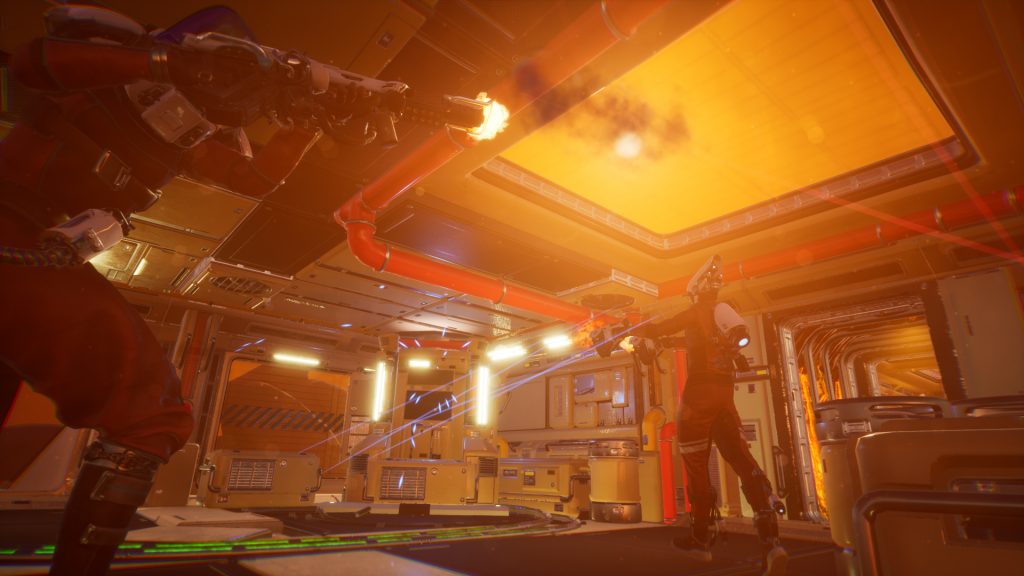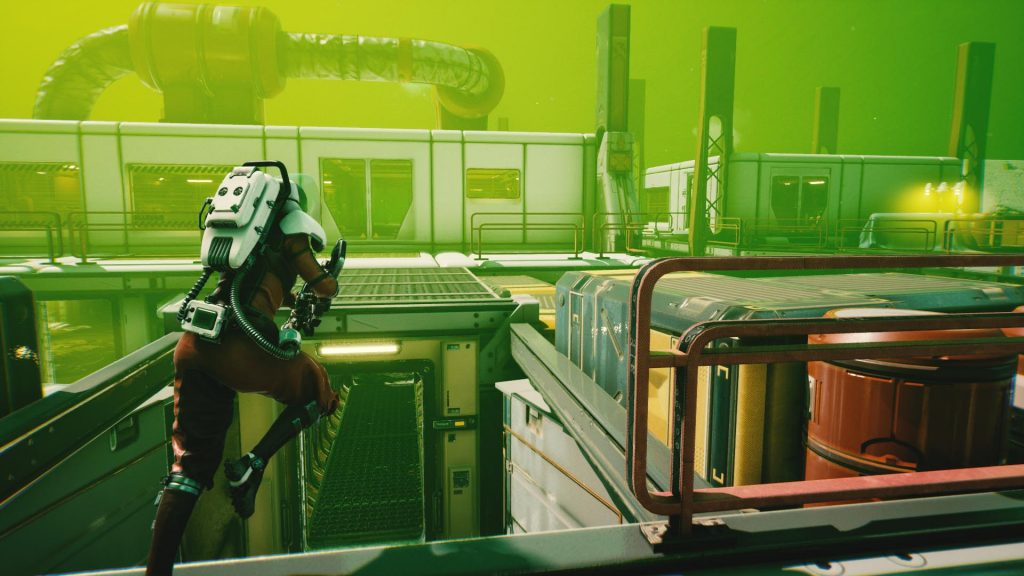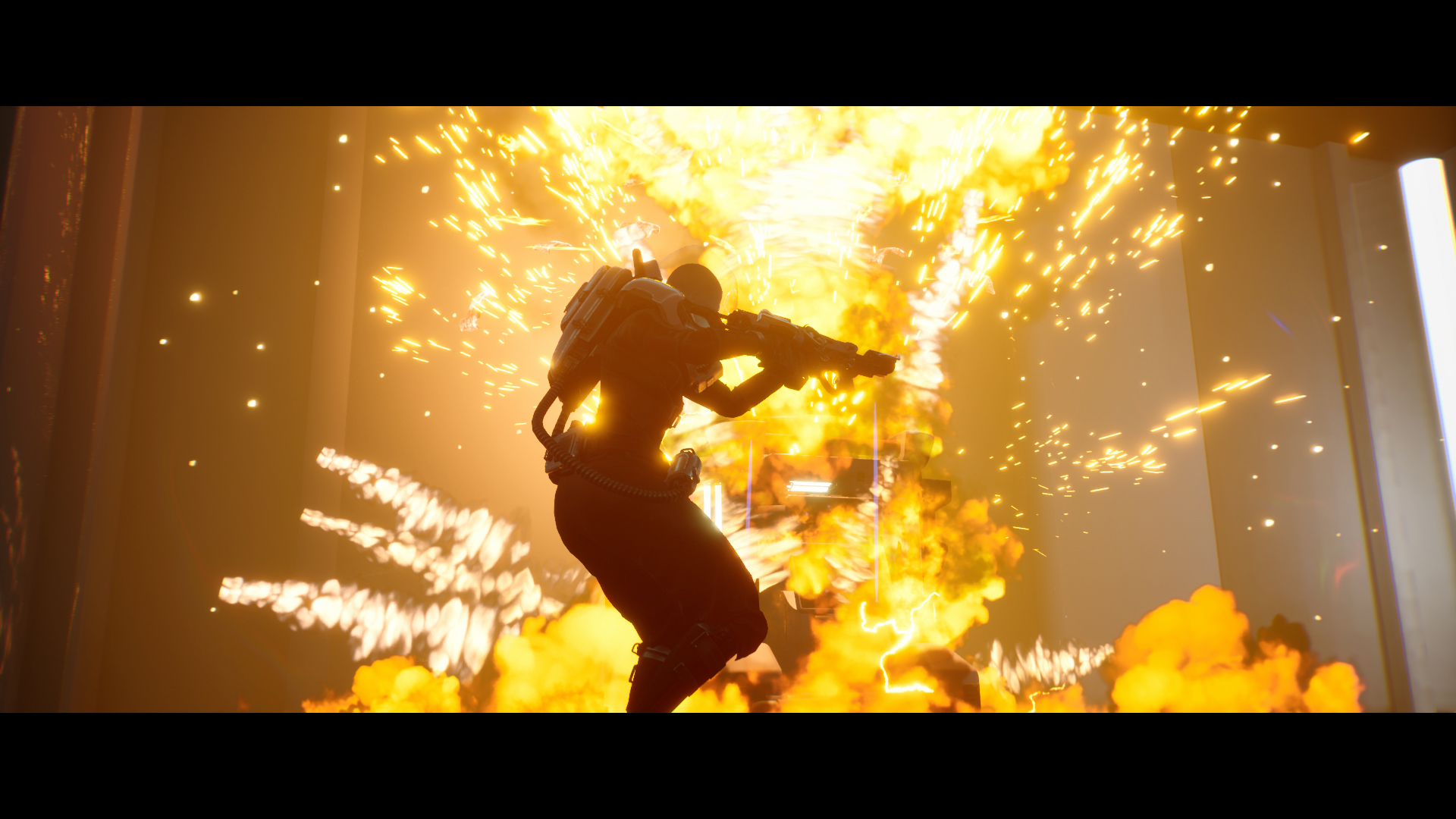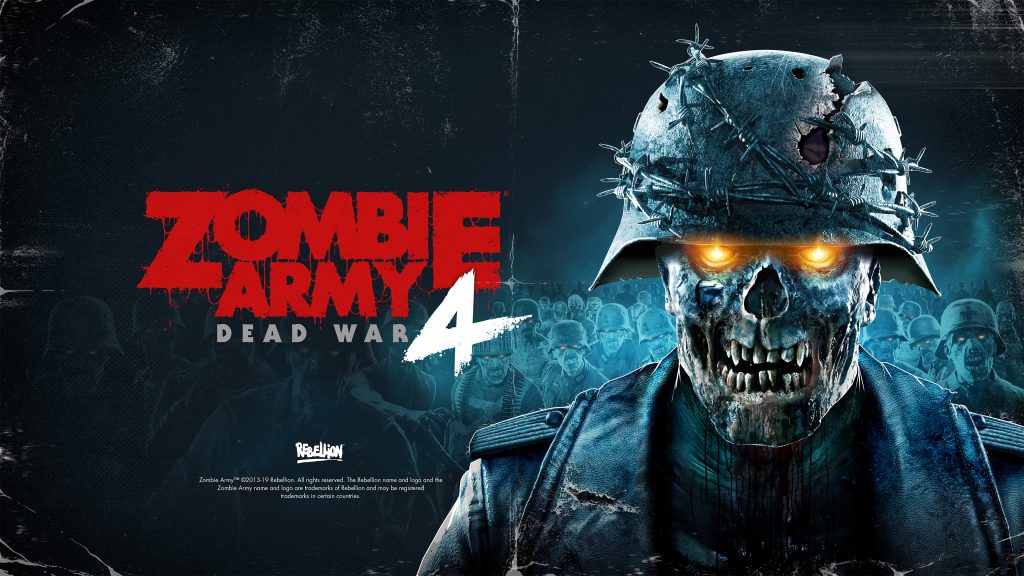Imagine your classic team based FPS. Maybe Team Fortress comes to mind. Maybe Overwatch. If you’re like me, you go straight to Quake 3: Arena or Unreal Tournament. All excellent examples of the genre, they offer teamwork and strategy at a blistering pace. Weaned on DOOM 1993, Duke Nukem 3D, and the aforementioned Unreal Tournament, my own development as a gamer kept pace with the evolution of the FPS genre.
Some enjoy a more relaxed experience though. The 2017 Metroidvania Hollow Knight, or the 1998 stealth action game Metal Gear Solid, come to mind. Both offer a slower, more deliberate pace that places control into the player’s hands. I witnessed two people in my own life – one, my wife, and the other, a colleague – take to each of these games with a vigor and determination never conjured by FPS games.
Lemnis Gate, by Ratloop Games Canada, seeks to bring these two playstyles together, melding action and strategy in the FPS genre in a way I never imagined. Of all the games a FPS could hearken to, Chess come in at the bottom of a very long list. Lemnis Gate defies expectations, placing Chess at the top.

Courtesy: Ratloop Games Canada
I met up with game director, James Anderson, at E3 and we played a few rounds together. The opportunity to sit with and ask James questions about his new project offered a wonderful experience. Lemnis Gate impresses consistently.
Lemnis Gate is a 5v5, team based FPS that offers the same game modes we’ve loved since the mid-90s: Capture the Flag, Seek and Destroy and Domination. Lemnis Gate is a 5v5 game with a twist: it only supports two players. Each player takes turns with each of their five characters within the same 25 second time loop.
At the start of the match, each player selects from a roster of 7 characters, with various strengths and weaknesses. Each turn, players plan out their moves, observing what actions came before them. Player One might begin the match by going straight for the flag, and returning it to her base. At this point, there are no other characters on the field. After 25 seconds, the turn is over and this route is saved. That first character is now stuck in a 25 second time loop and Player Two has a chance to alter the time loop. Watching how his opponent acted, he might choose to stop the first character dead in her tracks, or maybe set up a trap at the flag. After 25 seconds, the route of Player Two’s character is saved, and control returns to Player One. Maybe Player Two chose to blind fire down a corridor on his run, but Player One forgets and walks into it, dying with 20 seconds still on the clock. Happening at second 5 of the 25 second loop, she continues her turn for the future possibility of that death being undone. Lemnis Gate plays with potentiality in the time loop mechanic. With a huge smile plastered on my face, I found Lemnis Gate riveting.
Lemnis Gate braves the FPS landscape with a fresh and complex idea. I wanted to know the kinds of challenges Ratloop Games Canada faced during development. “One of the biggest challenges was conceptually playing the game in your head,” James started. “Trying to visualize the gameplay before it existed was tricky to say the least!” Dealing with concepts like causality and “what if…” scenarios were “more troublesome than that of a regular game.” Rapid prototyping a playable version of the game helped James and his team immensely. In a month, a rough version of the game communicated James’s vision across the team.

Courtesy: Ratloop Games Canada
This early build served as a testbed of ideas, and proved a great step toward the wonderful build at E3. A perfect melding of the strategy and FPS genres, Lemnis Gate offers “a turn-based experience set inside a time loop,” and in James’s words, allows “players to experience something they already love in a new way.”
Lemnis Gate will offer a few different ways to play upon release. The standard is online and 1v1, as described above. There will also be a 2v2 mode, which instead of 5 characters, will offer 6. Each player will control 3 characters. The more players within a match, the more chaotic and less strategic it becomes. Primarily, Lemnis Gate is played online, but there is also a local “pass the controller” mode. This is the mode that was on display at E3. An incredible experience, I envisioned many, thoughtful games I could share with friends on the couch.
My time spent with James playing Lemnis Gate was a highlight of E3. After my session, the impression of a game that will serve as a bridge between two very different types of players remained. Speaking to foundations they built upon, James and Ratloop Games Canada integrates beautifully “the functional pieces of great FPSs and strategy games. All to make Lemnis Gate a true hybrid where brains beat fists.”
—
Look for Lemnis Gate on PC, Xbox One and PS4 in 2020.



